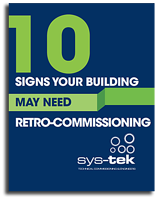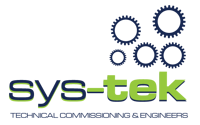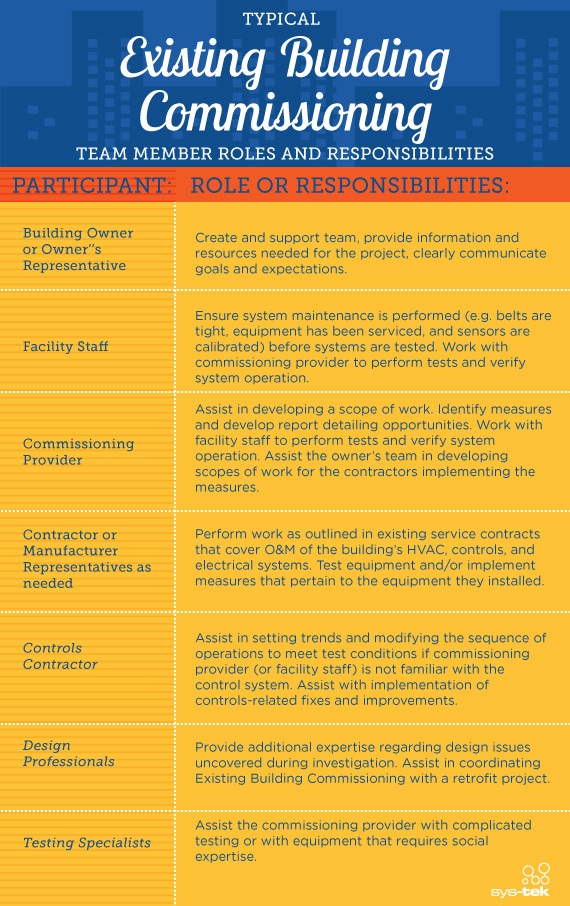The 4 phases of retro-commissioning
Jul 24, 2013
A well-executed retro-commissioning project typically occurs in four phases: planning, investigating, implementation, and hand-off. These project phases are followed by continued activity, known as persistence strategies, that ensure the benefits are maintained.
Although most retro-commissioning projects follow this process, there is no set-in-stone approach. Many variables can affect the process, including building size, building condition, and project budget.
Planning phase
The planning process is about defining the goals and objectives for the project. The retro-commissioning agent will propose a scope of work, or an outline of the procedures and processes to be implemented, including a schedule and the roles of all responsible parties. Items evaluated in the planning phase typically include the age and condition of the building and building equipment, existing problems, lease agreements, and utility costs.
Investigation phase
The objective of the investigation process is to understand how the building is currently operating, identify the issues, and determine the most cost-effective way to improve performance. The agent may gather information in a number of ways, which may include reviewing the building’s documentation, interviewing people who work in the building, and inspecting and testing the equipment.
After the agent gathers this information, it will be compiled into a report and shared with the building owner. The owner will then select which recommendations to implement after analyzing the findings.
Implementation phase
The implementation phase is dedicated to putting the selected processes into place and verifying that the retro-commissioning process works as expected. The approved measures may be implemented by the agent, the building staff, or by subcontractors. Typically, a combination of these individuals makes up the retro-commissioning team, depending on existing equipment warranties, the scope of work, and availability of the staff.
After the approved measures are implemented, the team will verify that the changes are working as expected. Baseline measurements will allow building staff to monitor equipment and ensure that the benefits are maintained.
Hand-off phase and persistence strategies
The hand-off process is started after all measures are implemented. During this phase, final reporting will be conducted and facility staff will be trained. Persistence strategies will be identified so that ongoing activities can be adopted to ensure that the benefits last.
You may be interested in these other posts:
- Retro-commissioning Sensor Suitcase helps small buildings save energy
- What Every Building Manager Ought To Know About Retro-Commissioning
- Common Reductions In Energy Costs Through Retro-Commissioning

10 Signs Your Building May Need Retrocommissioning
If your building is exhibiting any of these key signs, you may be able to improve energy efficiency and reduce costs through RBCx.








